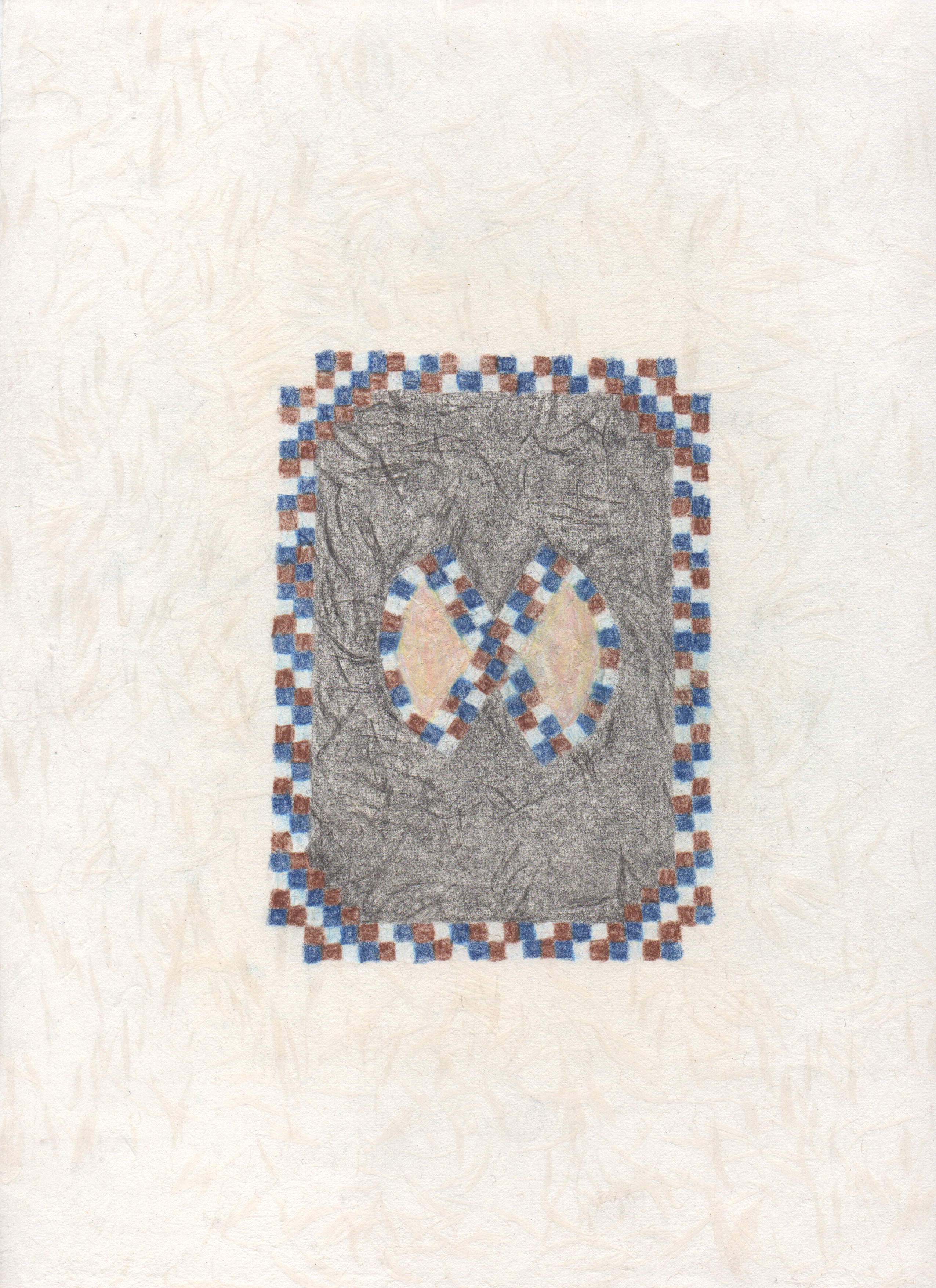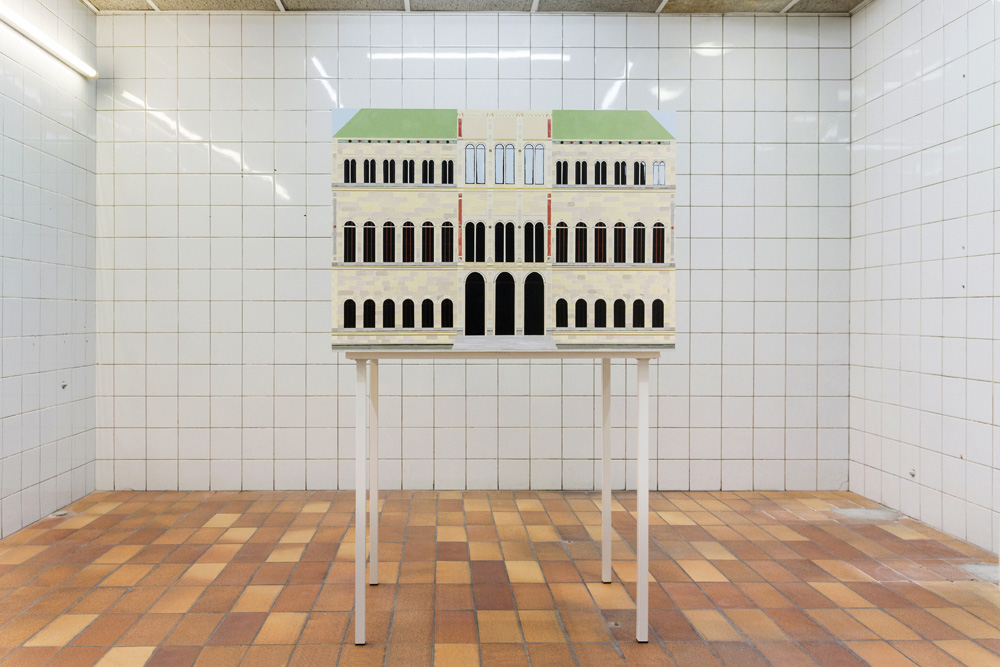This new house is not nearly moist enough but there’s a good deal of chewable materials. It might do. Perhaps it gets better over time in this town.
Pack your bags we are moving in!
This shiny room has provided good fortune for many years until a sudden event took the toilets away and plugged the water leakage. The symphony of drip drop splash was silenced. There is no paid cleaner swiping out the spiders anymore.
I can smell glue in these walls, that’s good. However they’re covered in paint and wallpaper that might be hard to get under. Why this insistence on decoration when heaven is a bathtub in the basement, a floor carpet all the way up to the rim of the tub.
But now we are here in this plugged up toilet area with a new house. We wouldn’t care about these walls if they didn’t have carbs in them. Sweet polysaccharides, starchy carbohydrates.
None of our cousins have eyes to see it but let’s give it a try. - AZ
What you see before you is a recreation of the National Museum in Stockholm, Sweden. Zacharoff’s museum has been scaled to the aspect ratio of a standard piece of A4 paper (a ratio of √2:1). This scaling has rendered the museum taller and narrower than its original form. In order to fit the strict requirements of the A4 ratio, parts of the building have been sacrificed, such as the central tower which bears the museum's name. The interior architecture has been condensed to focus on a few prominent rooms and key features from within the building.
Recently a major renovation project of the National Museum was completed, which revived elements of the building’s original design. For instance, canary yellow and burgundy red returned the walls to their parlour room roots, set for a salon-style hang. The museum was built in the mid-19th century in the Northern Italian Renaissance style by German architect Friedrich August Stüler. It houses works by many European artists, with several works by Rembrandt and Rubens.
Some might say that a dollhouse is an expression of scale. It is a domestic monument and an architecture of absolute control. A building not for inhabitation – except for the odd dust ball or silverfish family – but for display. One of the most famous and expensive dollhouses in the world was constructed by Carrie Walter Stettheimer (1869-1944). Stettheimer worked on the dollhouse for nearly twenty years, creating many of the elaborate furnishings and decorations by hand. She commissioned many artists of the avant-garde to make works for the dollhouse. These include miniature paintings and sculptures by Alexander Archipenko, George Bellows, Marcel Duchamp and Marguerite Zorach. After Stettheimer’s death the dollhouse was donated to the Museum of the City of New York, where it resides today.
Zacharoff’s National Museum dollhouse is absent of any interior artworks or furnishings; in addition, parts of the exterior façade and roof have been removed. A series of painted planes are held together, forming the space of a museum. Light plays on detailed and finely painted surfaces. Rather than absence, there is spaciousness. The building waits for something new to arrive.











